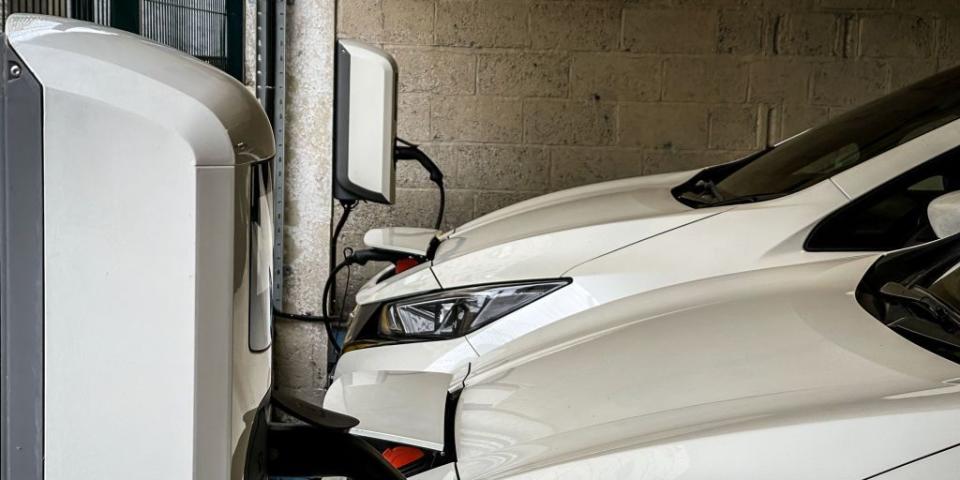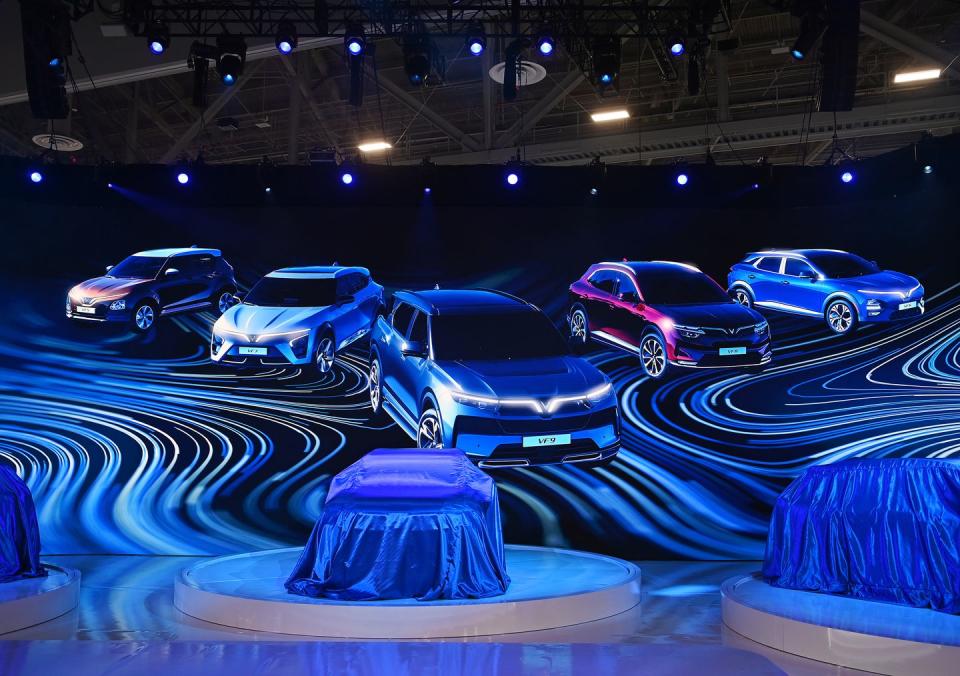California's 2035 ZEV Mandate Poses Big Challenges

California wants to make 100% of new-car sales to be zero-emissions by 2035. The plan is ambitious but could work if current trends continue.
There don't appear to be any penalties—at least not yet—if sales targets are not achieved.
The proposal goes up for public comment June 9 and could be implemented by the end of this summer.
Earlier this week the California Air Resources Board proposed new regulations that would require 100% of new-car sales in the state be zero-emissions vehicles (ZEVs) by 2035, with 35% by 2025 and 70% by 2030. Will that happen? It's possible.
Some 32 years ago CARB made a similar requirement that 10% of all new cars sold in the state be zero-emission vehicles by 2003. Major automakers failing to hit the 10% EV sales target would be banned from selling vehicles in California. That plan ultimately fizzled after a lawsuit was filed by California car dealers.

But those were different times. There were really no mass-market EVs available in 1990; battery technology was in its infancy, at least for long-range batteries you could sell in a car and make a profit; and the demand for ZEVs was scant, even in the environmentally conscious Golden State.
It’s a new world now. Availability of electric cars is widespread, most manufacturers offer them, and consumer demand is growing. Now, even the California New Car Dealers Association is in favor of electric cars.
“Our dealers are all in for EVs,” said Brian Maas, president of the association, which represents 1200 of the 1400 new-car dealers in the state, some of whom filed that lawsuit to end the first ZEV mandate 32 years ago. “It makes complete sense being from California and home of the Air Resources Board. That's where our policy makers want us to go. And we're doing everything we can to meet the mandates that are proposed, and to ensure that consumers have the vehicles they want.”
Another difference now is that more customers are seriously considering or have already purchased ZEVs.
“CARB staff proposes an annual ZEV requirement that aligns with where the market is expected to be in 2026, and that continues to ramp up quickly to nearly 70% of new-vehicle sales by 2030,” the proposal reads.
This time around, consumers are beginning to turn toward full electrification.
“In California, 74% of drivers report having at least some interest in the electric-vehicle market, and 40% (are) considering going electric for their next vehicle,” CARB said, citing a 2020 Consumer Reports survey. “This interest is turning into growing sales, with new-vehicle market share of electric-drive vehicles in 2021 jumping to 12.4% from 7.8% just the year prior in California. Further, satisfaction is high among electric-vehicle owners and is likely to lead to subsequent purchases of electric-vehicle technology.”
The product is available this time.
“We've got over 100 EV models across 20 or 30 major manufacturers that are going to be available in the next 12 to 18 months,” said Maas. “So availability of models is much less of a concern than it was 30 years ago. Even so, the CARB proposal may be more ambitious than what the market will be demanding, even in green-car-conscious California.
“Right now, our data, if you include electric and plug-in electric hybrid market share, it's 12.8% in California as of the end of 2021,” said Maas. “So in roughly three and a half years, CARB’s proposal will triple that. You can decide whether or not that's realistic, too aggressive, not aggressive enough, what have you. But requiring a tripling of market share in three and a half years, it's a daunting task.”
Oddly enough, there are no penalties stated in the latest proposal. So if a carmaker doesn’t wind up selling the required percentage of ZEVs by the specified time, maybe nothing will happen as a result.
The proposal goes up for public comment June 9 and could be implemented by the end of this summer. Until then, perhaps consider buying an EV.
